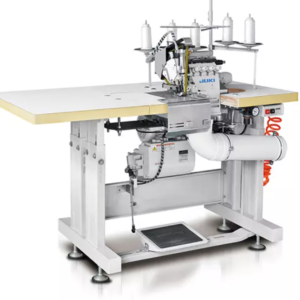Hydroxypropyl Methylcellulose (HPMC) is a versatile cellulose ether widely used in construction, pharmaceuticals, food, and personal care industries. As a leading HPMC manufacturer, companies play a crucial role in producing high-quality HPMC that meets the diverse needs of these sectors. This article explores the significance of HPMC manufacturers, their production processes, and the applications of HPMC in various industries.
The Importance of HPMC Manufacturers
HPMC manufacturers are essential in supplying the raw materials needed for a range of applications. The growing demand for environmentally friendly and sustainable products has further enhanced the importance of HPMC. This cellulose derivative is derived from natural cellulose sources, making it biodegradable and non-toxic, appealing to industries focusing on sustainability. Additionally, as consumer awareness about health and safety increases, HPMC’s role as a safe additive in food and pharmaceuticals becomes even more critical.
Production Processes
The production of HPMC involves several steps, including:
- Cellulose Extraction: The process begins with the extraction of cellulose from natural sources such as wood pulp or cotton, ensuring high purity and quality. This step is vital, as the properties of the final product heavily depend on the quality of the raw materials used.
- Chemical Modification: The cellulose is then chemically modified through a series of reactions with propylene oxide and methyl chloride, resulting in hydroxypropyl and methyl groups being added to the cellulose structure. This modification enhances the functional properties of HPMC, such as solubility and thermal stability.
- Purification: The modified cellulose is purified to remove any unreacted chemicals and by-products, which is crucial for applications in food and pharmaceuticals. Ensuring the highest levels of purity not only enhances performance but also meets strict regulatory requirements.
- Drying and Milling: Finally, the purified HPMC is dried and milled into various particle sizes, depending on the intended application, allowing for flexibility in usage. Different formulations cater to specific needs, from high-viscosity products for construction to fine powders for pharmaceuticals.
Applications of HPMC
HPMC is used in numerous applications, including:
- Construction: In construction, HPMC serves as a water-retention agent and improves the workability of cement and mortar. Its ability to form a gel-like texture when mixed with water enhances adhesion, reduces cracking, and improves overall durability, making it indispensable for modern construction techniques. This property also aids in extending the pot life of cement mixtures.
- Pharmaceuticals: In the pharmaceutical industry, HPMC is used as a binder in tablet formulations, a coating agent, and a controlled-release agent, ensuring the effective delivery of active ingredients. Its role in enhancing bioavailability makes it a key ingredient in many drug formulations. Furthermore, HPMC’s non-toxic nature makes it ideal for sensitive applications, such as pediatric medicines.
- Food Industry: HPMC acts as a thickening agent, emulsifier, and stabilizer in various food products, improving texture and shelf-life without compromising safety. Its use in gluten-free products has gained popularity as more consumers seek healthier dietary options. Additionally, HPMC’s ability to retain moisture in baked goods contributes to longer shelf life.
- Personal Care: In cosmetics and personal care products, HPMC is valued for its thickening and film-forming properties, enhancing product consistency and performance. Its ability to improve the texture and sensory experience of creams and lotions has made it a favored ingredient among manufacturers. Furthermore, it serves as a stabilizer in formulations, preventing separation and maintaining product integrity.
Conclusion
HPMC manufacturers play a vital role in providing this essential compound to multiple industries. With a focus on quality and sustainability, these manufacturers contribute significantly to advancements in construction, pharmaceuticals, food, and personal care, ensuring that the products we use daily meet the highest standards. As the demand for HPMC continues to rise, manufacturers are tasked with innovating to meet the evolving needs of various applications. Emphasizing sustainable practices and technological advancements will position HPMC manufacturers as leaders in a rapidly changing market.

